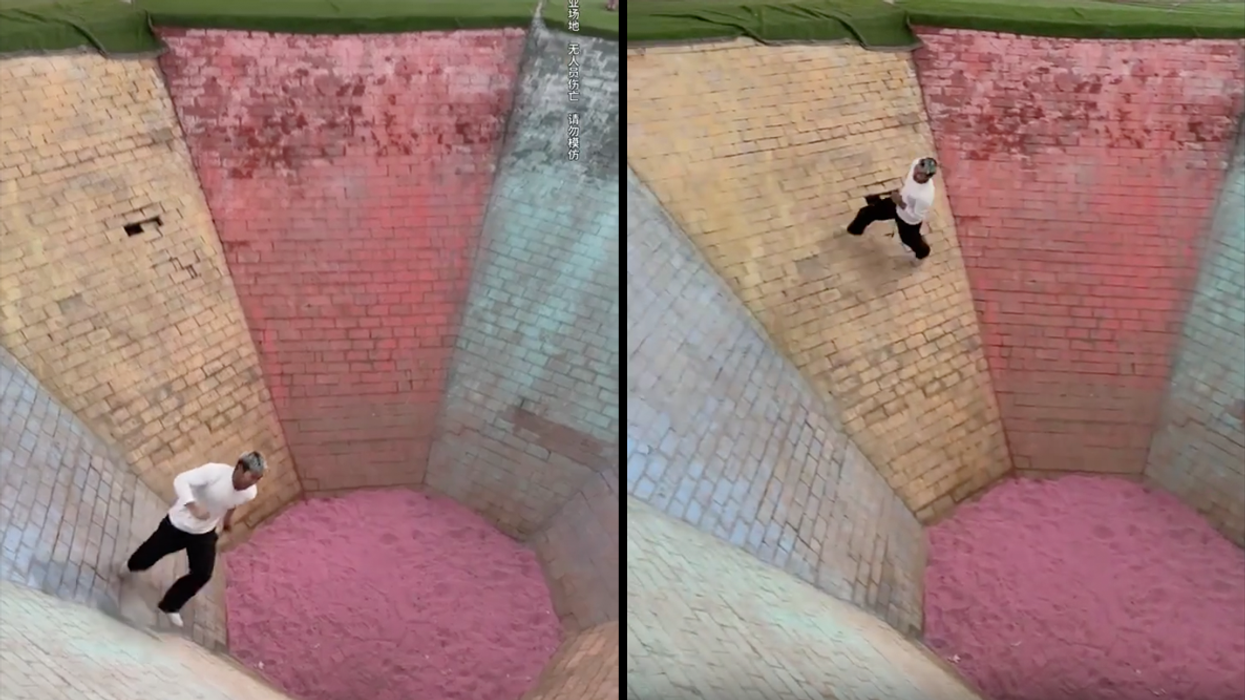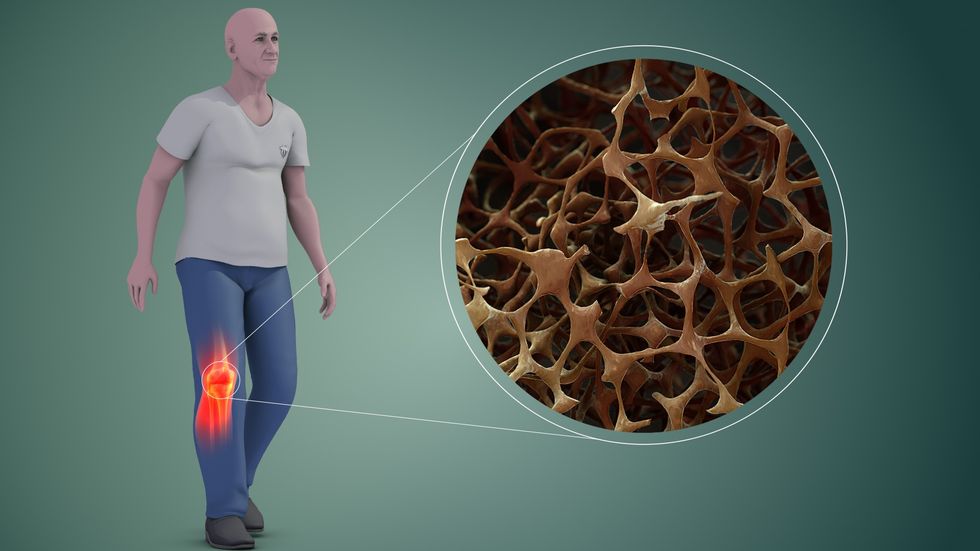Small Is Beautiful: The case for shrinking cities
The quality of a city is determined by what life is like for the people who live there-not by how many people live there.So why is my suggestion that my hometown of Flint should shrink-reducing the "built" environment-creating such a stir? Is our American obsession with growth and expansion so pervasive that a community would rather fail at being large than succeed and become a smaller place?Flint is the birthplace of General Motors. It was once the center of the automotive universe, with a population of 200,000 and more than 80,000 people working for that one company. Flint exported cars and imported cash-and we thought that it would never end. The company town's 1965 master plan, still the formal plan for the city, expected the population to grow to 250,000. But today, those GM jobs are nearly all gone; the population hovers at just over 100,000 and is falling.So, I have made a simple suggestion: that we redesign our city for the population that we actually have, not for the city we once were. Flint has lost 90,000 residents during the last 40 years, and those residents did not take their houses with them. Left behind is a city comprised of some vibrant neighborhoods, and some that are populated with empty houses, reminding the few residents still there that they live in a failed place.And there are people who live in neighborhoods that could go either way. It is mainly those residents that I want to help, so that rather than being surrounded by thousands of empty and abandoned houses, residents of Flint would have a choice: live in one of the dense and sustainable neighborhoods that our population can actually support, or live in a more rural part of the city, surrounded by a garden, or a meadow, or even a stand of trees.The "free market" failed Flint already.Critics of this idea span the political spectrum. From the right it's called social engineering, imposing the will of government onto the "free market." To some of my friends on the left, I am "anti-urban," giving up rather than fighting to repopulate my city.They're both wrong. The "free market" has failed Flint already, and the best way to make the city attractive again is to rid it of blight and abandonment. By making it attractive to the residents that already live here, maybe someday it will attract new residents as well.This plan would never force anyone to leave his or her home; rather, it would give residents choices where now they have one option only: to live surrounded by blight.I am not against growth. I'll be thrilled if Flint grows again. I just don't believe the only way Flint will become a better place is to somehow convince 90,000 people to move back to the city overnight. There has to be another way.
In 2002, I created a land bank, a public authority to take control of abandoned property. Since then, we have acquired 9,000 properties, comprising 14 percent of the land in Flint. We have demolished more than 1,000 dilapidated and unsalvageable houses, replaced that ugliness with neighborhood gardens, and expanded the "side lots" of hundreds of homeowners. And we have restored historic buildings that have long been forgotten. Shrinking the city does not mean surrender-we just rebuild where it makes sense to rebuild and return part of the city to nature.This system is self-financed. We re-engineered the tax-speculator system to create a system that redirects control of land and speculator profits to create public value from empty spaces.Flint can be a good city again, with vibrant, walkable neighborhoods interspersed with land that has been given back to nature, land that is beautiful. But to get there, we need a new map that does not rely on the false wish that everyone would come back. The current residents deserve better than that.Kildee is the treasurer of Genessee County, Michigan, the county which contains the city of Flint. His plan to remove abandoned houses in the city has come under fire from both sides of the political spectrum.Flint photo by flickr user (cc) karpov85















 Man eats a simple breakfast.Image via
Man eats a simple breakfast.Image via  Young man puts his face on scrambled eggs.
Young man puts his face on scrambled eggs.  Woman eats late night.Image via
Woman eats late night.Image via 


 Toddlers especially are curious and constantly testing boundaries which can lead to frustration for parents. Finding the right balance between patience and effective communication is keyYuganov Konstantin/Canva
Toddlers especially are curious and constantly testing boundaries which can lead to frustration for parents. Finding the right balance between patience and effective communication is keyYuganov Konstantin/Canva Montessori Academies teach awareness and respect of their environment as part of their educational program. By encouraging your child to use an indoor voice and signals to them peace.Yuri Arcurs/Canva
Montessori Academies teach awareness and respect of their environment as part of their educational program. By encouraging your child to use an indoor voice and signals to them peace.Yuri Arcurs/Canva When young children are overwhelmed, they go into survival mode and logic flies out the window. Their nervous system goes into fight-or-flight and they need help from you to regulate their emotions. Evengy Atamaneko/Canva
When young children are overwhelmed, they go into survival mode and logic flies out the window. Their nervous system goes into fight-or-flight and they need help from you to regulate their emotions. Evengy Atamaneko/Canva 


 Osteoporosis in bones
Osteoporosis in bones Three smiling elderly women outdoors.Image via
Three smiling elderly women outdoors.Image via  Broken bones
Broken bones 
 A pile of dirty plastic containersCanva
A pile of dirty plastic containersCanva Overhead shot of a recycling plantCanva
Overhead shot of a recycling plantCanva